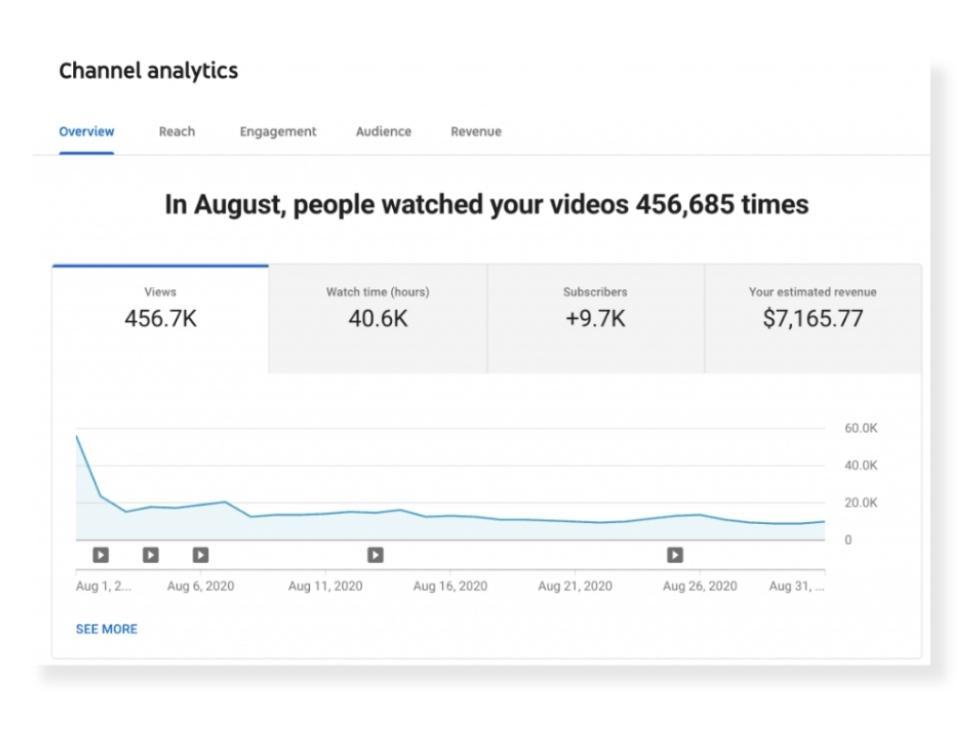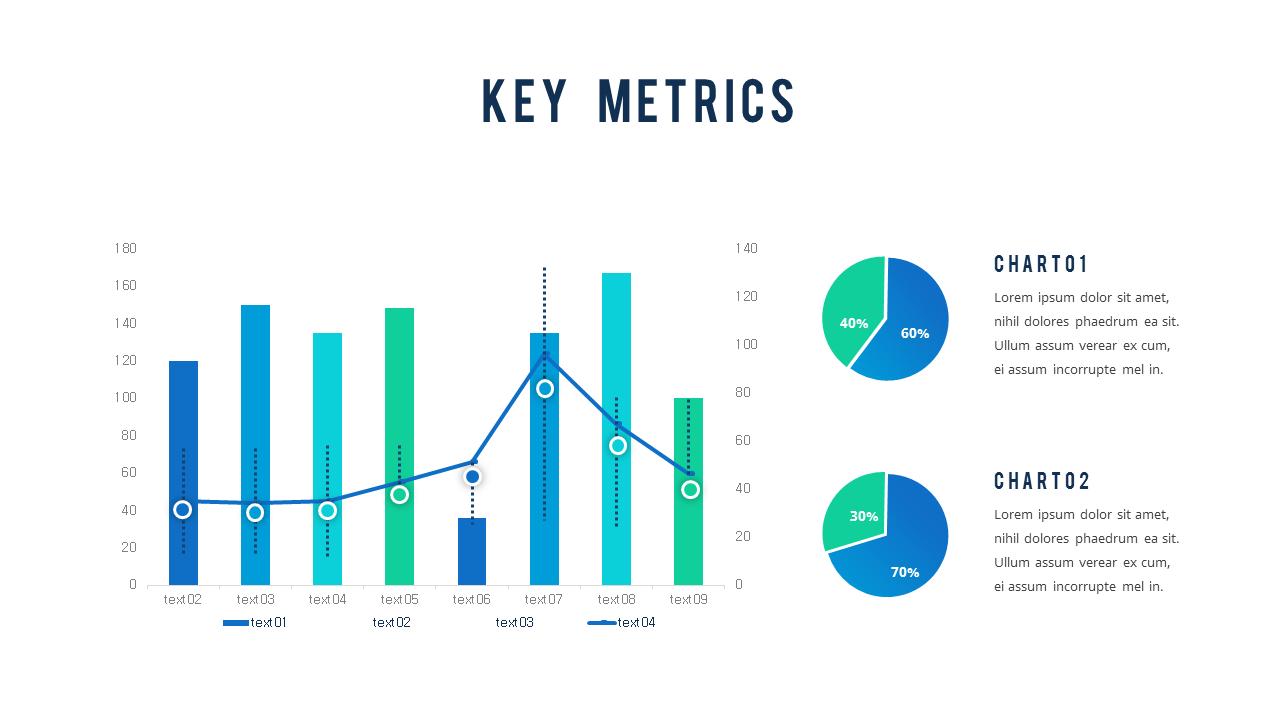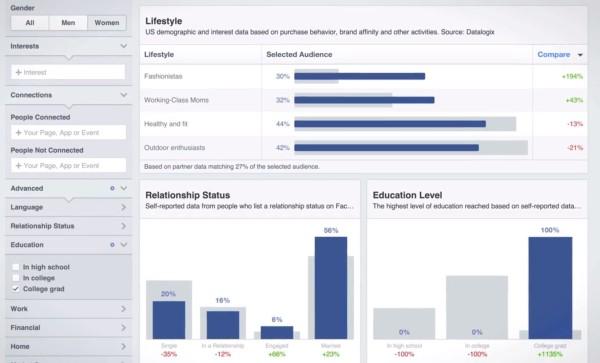
In a digital landscape brimming with content creators and ever-evolving trends, YouTube stands out as a powerhouse platform that shapes the way brands connect with audiences. As influencers harness the potential of this vibrant platform, understanding YouTube Analytics becomes paramount for running successful campaigns. But navigating through the myriad of metrics and data can feel overwhelming. How do you sift through the numbers to uncover insights that inform strategy and drive engagement? In this article, we will unravel the complexities of YouTube analytics, providing you with the tools to decode its rich dataset. Whether you’re a brand looking to partner with influencers or an aspiring content creator aiming to elevate your campaigns, mastering the art of analytics will empower you to make informed decisions that resonate with viewers. Join us on this journey to unlock the secrets of YouTube Analytics and transform your influencer campaigns into success stories.
Understanding Key metrics that Matter
to truly excel in influencer campaigns, it’s crucial to analyze the performance of your videos through key metrics provided by YouTube Analytics. Focusing on view count,watch time,and engagement rate allows brands to gauge the effectiveness of thier messaging and how well it resonates with their audience. Each of these metrics provides unique insights: while view count indicates popularity, watch time emphasizes the content’s ability to hold an audience’s attention, and engagement rate reflects the level of interaction and connection with viewers.
Additionally, pay attention to aspects such as traffic sources and audience demographics to refine your targeting strategies. Understanding where your views originate can definitely help in adjusting your promotional tactics, ensuring you optimize the platforms that yield the highest return on investment. Below is a simplified overview of these metrics:
| Metric | Description |
|---|---|
| view Count | Total number of views per video |
| Watch Time | Cumulative minutes viewers have spent watching |
| Engagement Rate | Likes,comments,and shares divided by view count |
| Traffic Sources | Where viewers found your videos (e.g., search, suggested) |
| Audience demographics | Ages, locations, and gender breakdown of viewers |

Leveraging Audience Insights for Tailored Content
To create impactful content that resonates with your audience, it’s crucial to tap into the wealth of insights available through YouTube Analytics. By segmenting your viewership data, you can identify specific demographics and interests that will guide your content strategy. Focus on understanding your audience’s preferences by analyzing key metrics such as:
- Age & Gender: Tailor your themes and messaging based on who is watching.
- Geographical Location: Localize your content to align with cultural nuances and trends in specific regions.
- Watch Time: Highlight topics or formats that keep viewers engaged and returning for more.
Additionally, leveraging the Engagement Metrics segment will provide a clearer picture of what’s working and what isn’t. Pay attention to comments, likes, and shares to understand the pulse of your community. Here’s a simplified comparison of different engagement types:
| Engagement Type | Significance |
|---|---|
| Comments | Indicates viewer sentiment and encourages community interaction. |
| likes | Measures approval and highlights popular content. |
| Shares | Extends reach and implies content value beyond immediate audience. |
By understanding these factors, you can hone your approach to craft content that not only speaks to your viewers’ interests but also enhances your overall campaign effectiveness.

Optimizing Engagement Strategies for Maximum Impact
To truly harness the power of your YouTube analytics, it’s essential to identify and actively engage with your target audience. Start by examining metrics such as watch time, views, and engagement rate. By understanding when your audience is most active, you can schedule your posts strategically. consider these tactics to improve interaction:
- Create interactive content like polls or Q&A sessions to boost participation.
- Leverage community posts to share updates and behind-the-scenes snippets, making your channel feel more personal.
- Encourage comments by posing questions at the end of your videos to spark discussions.
Furthermore, segment your data to analyze different demographics. This step reveals how various segments respond to your content style or themes,allowing for tailored strategies. Below is an example of how demographic data can guide your content approach:
| Demographic | Preferred Content Type | Engagement Rate |
|---|---|---|
| 18-24 years | Trendy challenges & tutorials | 75% |
| 25-34 years | Product reviews & hauls | 60% |
| 35+ years | Educational content & webinars | 50% |

Measuring Campaign Success beyond Views and Likes
When evaluating the effectiveness of influencer campaigns, it’s essential to look beyond mere views and likes.Metrics such as engagement rate, audience retention, and conversion tracking provide deeper insights into how content resonates with viewers. By analyzing these aspects, brands can gauge whether their message is reaching the intended audience and driving meaningful interactions. Key indicators include:
- Comments and Shares: High numbers in these areas may indicate strong emotional responses and a willingness to advocate for the brand.
- Click-Through Rate (CTR): This reflects how effective the call-to-action is, showing whether viewers are compelled to learn more or take action.
- Audience Demographics: Understanding the breakdown of viewers helps tailor future campaigns to target specific segments that align with brand objectives.
Additionally, leveraging tools that track conversion rates, such as tracking codes and UTM parameters, can reveal a campaign’s direct impact on sales and leads. Brands should consider incorporating metrics related to customer feedback and satisfaction as well. A simple table can illustrate some relevant metrics to keep in mind:
| Metric | Importance |
|---|---|
| Engagement Rate | Measures active involvement of the audience. |
| Conversion Rate | Indicates how many viewers take desired actions. |
| Video Completion Rate | Shows whether viewers are watching content to the end. |
| Brand Mentions | Reflects the organic reach and sentiment around the brand. |
to wrap It Up
as we wrap up our exploration of YouTube Analytics, it’s clear that understanding the metrics behind your content is not just advantageous—it’s essential. Whether you’re a seasoned influencer seeking to refine your approach or a newcomer ready to make your mark, the insights gleaned from data can illuminate the path to authentic engagement and meaningful connections with your audience.
Remember, numbers alone don’t tell the entire story. It’s the narratives behind those metrics—the emotions they evoke and the communities they build—that truly capture the essence of successful influencer campaigns.As you dive into your analytics, let curiosity guide you; each view, like, and comment can serve as a stepping stone to elevate your strategy.
So, embrace the numbers, decode their secrets, and may your campaigns flourish as you harness the power of youtube Analytics. After all, in the vibrant world of digital influence, knowledge is not just power—it’s the key to unlocking your channel’s potential. Until next time, keep analyzing, innovating, and inspiring!